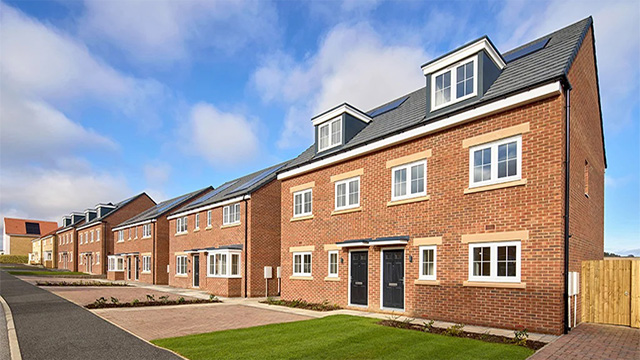A large amount of government real estate will be up for grabs as the Italian state starts to tackle a series of planned privatisations
Italian state-owned industries are undergoing the kind of revolution that took place in the UK in the 1980s. Property investment opportunities from proposed privatisations of the defence ministry, state pension funds and a variety of other public agencies will come to the market over the next few years.
According to Nomisa, an independent research unit, the amount of space could total up to 784m m2 with an estimated value of €2.6bn (L4,972bn).
One of the projects which has taken its initial steps towards re-organising and selling some of its property portfolio is the Italian railway – Ferrovia dello Stato. The president of Metropolis, a Ferrovia dello Stato offshoot charged with the railway property portfolio, is Cesare Ferrero.
He says that other state entities, that are also being privatised or are selling off property, have huge amounts of real estate in residential, headquarter and commercial buildings all over Italy.
By law, private housing tenants have first refusal on buying their properties and Ferrero says the railways plan to dispose of property by disposing of individual tenancies in this way. But he thinks the pension funds could sell in bigger lot sizes. He believes the pension fund portfolios could prove attractive investments with interest rates being so low. Yields in the residential sector in 1998 were 5.6%, according to Nomisa
Over the past three years Ferrovia dello Stato has sold €103m (L200bn) of mainly residential property – for the most part to the tenants. Ferrero says: “We would like to increase this programme and to meet higher targets in the next two years with bulk sales or spin-offs of some of the property. We are studying some other financial instruments as a way of increasing our cash flow from the real estate.”
Part of Grandi Stazioni, a company owned by Metropolis and formed to manage the country’s 13 main rail stations, is expected to be sold later this year.
So far, three groups have been shortlisted to bid for the 49% of the company that is up for sale.
The first group is made up of Italian industrial holding CIR, French property developer Ségécé-Paribas and Finim-Roveda. The second joins Italian company IFIL, Italian property company Unim, domestic department store chain Rinascente and its hotel affiliate Sifalberghi and Impregilo, Italy’s biggest construction company. This group also includes San Paolo-IMI and Mediocredito Centrale’s investment banking unit, SOFIPA, plus Westdeutsche Landesbank.
The third group consists of Benetton, property group Milano Centrale-Pirelli, publishing group Vianini-Caltagirone, German mail order company and railways manager Ece-Otto Versand, and France’s SNCF state railway company.
According to Ferrero: “We are working on a lot of interesting sites in the centres of main cities and trying to increase the value of the stations and the surroundings. We started work on Roma Termini last year and we plan to do the same in Milan, Genoa, Naples and Florence. There is 100,000m2 of space there at the moment but not all can be rented out to third parties.
“In Rome we are reconfiguring the station to give more appeal to commercial activity and converting some space to office, warehouse or other commercial uses,” he adds.
TrizecHahn and THI eye Rome Riverside site
Risorse per Roma was set up two years ago by the municipality of Rome to manage its property portfolio and to drive forward urban regeneration in the city. Since its inception it has sold property worth over €58.3m (L113bn). Now it is inviting bids from international investors for a central riverside trophy site by the Tiber in an area called Testaccio, which is already a cultural and entertainment focus for the city’s youth.
The land was formerly the city’s Mettatoio slaughterhouse. There are a number of listed buildings dating from 1888 on the site which, with the exception of minor alterations and additions in the 1930s and 1950s, remain intact. Risorse wants to see these refurbished to provide 8,363m2 of retail, 4,000m2 of restaurants and bars, 5,971m2 of exhibition and museum space, a 2,994m2 multiplex, 2,822m2 of offices, a 7,638m2 music and entertainment arena, a 14,000m2 university, 1,000m2 for community uses and 2,500 parking spaces.
The project will go to tender in the autumn and TrizecHahn and THI are known to be among interested bidders. A new metro stop called Ostiense and other public transport nodes are planned for the site; the metro station will also link the area with the Leonardo da Vinci international airport. According to Giuseppe Gotti, an independent property consultant to Risorse per Roma, the development should be completed within four years.
This scheme will make up part of a much larger redevelopment and renewal project for the entire district. It will include the relocation of the Piazza Testaccio Market to a covered structure within the area, and the return to sports use of the former training grounds of Rome football club.










